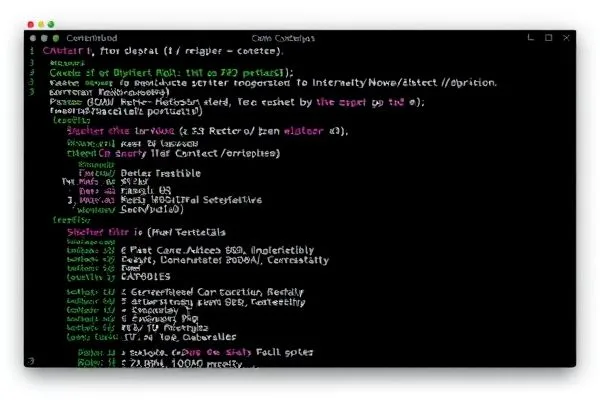The increasing digitization of financial transactions has significantly transformed the cyberthreat landscape, especially within the finance sector. This blog delves into the financial cyberthreats predicted for 2024, encompassing key vulnerabilities such as banking Trojans, phishing scams, and the alarming rise in mobile malware. Through detailed analysis, security recommendations, and trends, we aim to equip both consumers and businesses with the insights they need to stay secure.
- ✅ Financial cyberthreats are evolving constantly with the advancement of technology.
- ✅ Cryptocurrency-related scams and mobile banking malware are on the rise.
- ✅ Consumer online behavior influences the tactics employed by cybercriminals.
- ✅ Strong security measures such as multi-factor authentication are critical to protection.
The Evolving Landscape of Financial Cyberthreats
As we transition into 2024, financial cybercriminals have become increasingly sophisticated in their methods. For example, phishing scams targeting banks constituted 42.58% of total phishing attempts, showcasing a concerning trend. Similarly, the lure of e-commerce sites like Amazon accounted for 33.19% of phishing attacks directed at online shoppers in 2024.
This rise in cyber threats aligns with the growing cryptocurrency market, where Kaspersky reported over 10.7 million phishing detection events—a stark 83.37% increase compared to 2023. It is evident that traditional phishing and malware attacks are adapting to exploit emerging trends.
Trends in Mobile and PC Financial Malware
Mobile malware presents an alarmingly growing threat, with nearly 248,000 users compromised in 2024—a staggering increase from just 69,000 in 2023. Families of malware such as Mamont are responsible for a considerable portion of these attacks, leveraging social engineering tactics that often succeed due to their increased complexity.
While the PC malware landscape saw a decline from 312,000 affected users in 2023 to 199,000 in 2024, threats still linger persistently. Notable malware families like ClipBanker and Grandoreiro remain dominant, reflecting continual risks in the PC domain.
With both mobile and PC risks escalating, adherence to robust security practices is crucial for maintaining financial integrity.
Best Practices for Cybersecurity
As financial cyberthreats evolve, individuals and organizations must prioritize cybersecurity frameworks. Multi-factor authentication, strong password policies, regular security updates, and employee training on recognizing potential scams are foundational measures that can significantly enhance security.
For businesses, the implementation of strict access controls and ongoing threat intelligence monitoring can safeguard sensitive financial data. Regularly updating software and educating employees about security practices create a resilient environment against potential breaches.
In conclusion, as we navigate the complex landscape of financial cyberthreats in 2024, proactive security measures are essential. Phishing attacks and mobile malware represent ongoing risks that warrant vigilant monitoring and comprehensive protections. Embracing cybersecurity best practices can empower consumers and businesses alike to mitigate against these escalating threats effectively.









